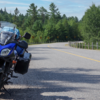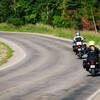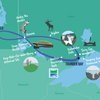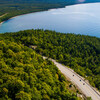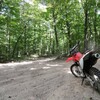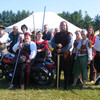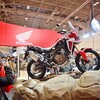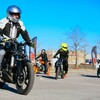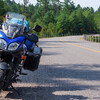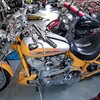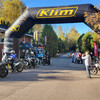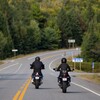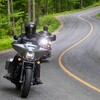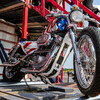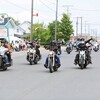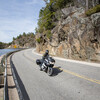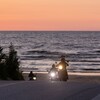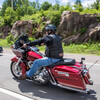
Electric Motorcycles
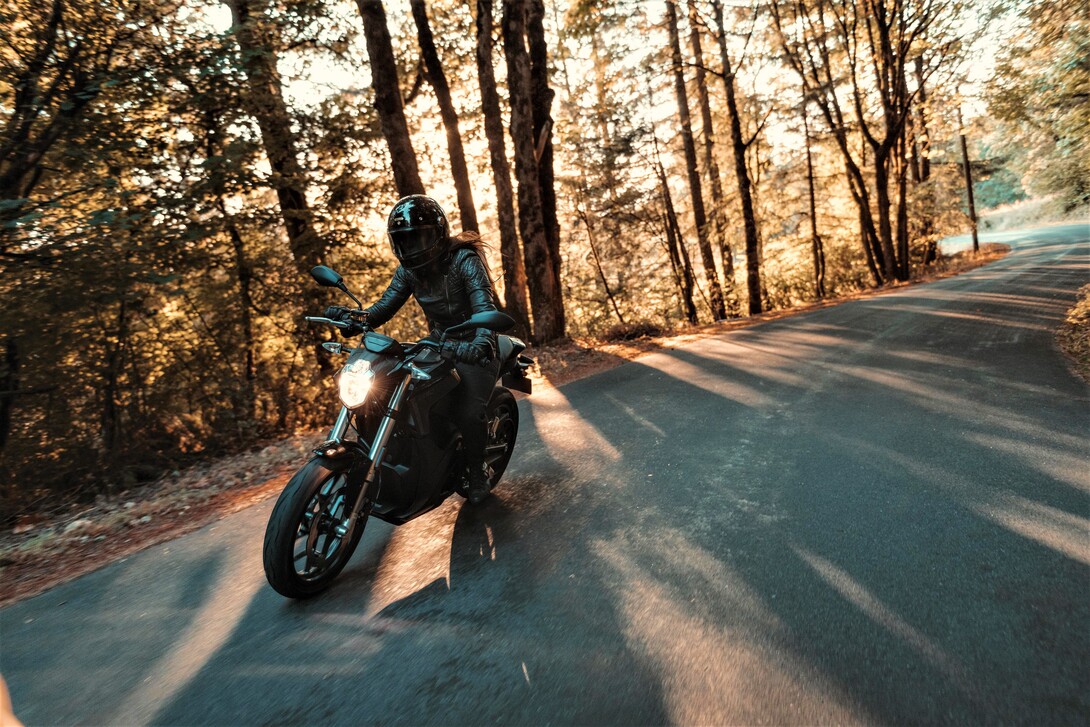
The growing trend towards electric can be seen across all modes of transportation of late, not just automobiles. A recent study by BikeSure in the UK found that of the 632 motorcycle riders surveyed, 46.7% were interested in owning an electric motorcycle and 3.6% already owned one. Combined, that represents 50.3% of respondents who favoured a switch to electric. Sure, conventional gas-powered motorcycles will likely always be around but let’s take a peek at the EV offerings and the trend toward green.
History of Electric Motorcycles
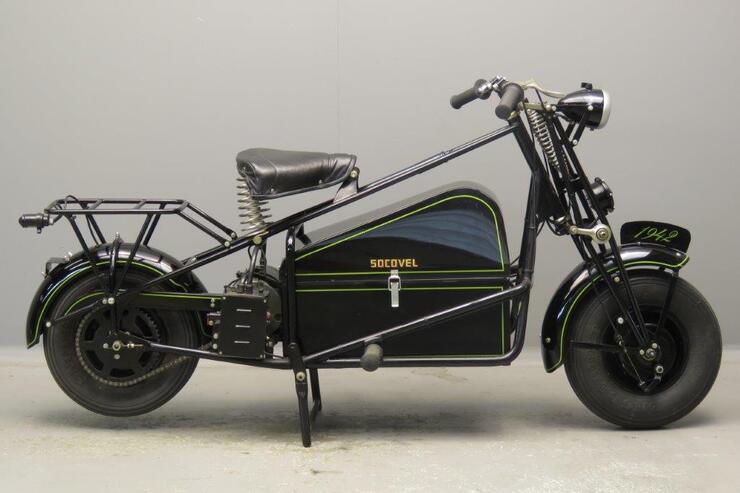
The fully electric motorcycle by Socovel was produced in response to gas rationing during WWII.
The concept of an electric motorcycle has been around for more than 150 years, with the first patent on two wheels powered by electric motor dating back to 1860. During World War II, an electric motorcycle manufacturer by the name of Maurice Limelette started a company called Socovel. Limelette developed and started manufacturing his own electric scooter in 1938, to solve problems related to fuel rationing during the war. His unique motorcycle was lightweight compared to road bikes at the time and, more importantly, ran without gasoline. In the first year, Limelette sold more than 400 units and continued production until 1945.
In 2009, San Francisco company Mission Motors, led by a former Tesla engineer, introduced the Mission One motorcycle—an electric street bike capable of reaching 150 mph, making it the world’s fastest electric vehicle. The same year, Zero Motorcycles organized an event called 24 Hours of Electricross, considered to be the first all-electric off-road endurance race.
The stage was set and interest in electric motorcycles continued to flourish.
4 EV motorcycles to know about
1. Meet Zero
By combining the best aspects of traditional street bikes with green technology, Zero Motorcycles manufactures electric rides that are lightweight and fast. Each Zero is built with the company’s Z-Force electric powertrain and uses specially designed aircraft-grade aluminum frames to lighten the load. The current peak range per charge is around 223 miles or 359 kilometres. What began as an idea conceived inside a California garage (much like Apple) Zero has since grown into an internationally recognized electric motorcycle manufacturer.
The company just unveiled its new Cypher III+ operating system with an associated smartphone app. The new software allows for app-based upgrades, including increased battery capacity, faster charging and extended range. Zero focuses on range, weight and affordability with a team of skilled engineers from both the motorcycle and high-tech industries to design some of the best electric motorcycles available on the market today. Zero is currently available for purchase at two dealerships in Ontario, one in Lakefield near Peterborough and another one in Mitchell, north of London.
2. Harley Davidson LiveWire
Not to be outdone, legendary company Harley Davidson now offers a line of electric motorcycles under a brand called LiveWire. The LiveWire motorcycle, which is powered entirely by batteries, has the same great acceleration as any of Harley’s gas-powered machines—a hugely important factor for a vehicle often purchased for the thrill and the fun of quickness and speed. As engineers at Harley Davidson like to say, “With the LiveWire electric motorcycle, you amp up your sustainability, without sacrificing your bike’s stats.” Harley’s new electric motorcycle offering, according to the company, is easy to handle, comfortable, and well-built. With an impressive acceleration of 0-60 mph (0-100 km/h) in only 3 seconds, and a top speed of 95 mph (153 km/h), the electric Harley-Davidson LiveWire measures up to many of the fastest gas motorcycles on the market, and the new bike also offers a travel range of 146 miles (235 km)
3. Canada’s electric motorcycle
Canadian-made Can-Am (BRP), once a player in the motorcycle industry, returns to the scene with EV bikes that will surely whet the appetite of green enthusiasts. BRP enters the Green Bike arena with the introduction of two EV motorcycles built right here in good old Canada! Fifty years after first entering the motorcycle market, the company now offers the Can-Am Pulse, an electric street bike aimed at competing with other EV motorcycles on the market. The Can-am Origin, their second electric motorcycle is a modern motocross, of sorts, offering both on-road and off-road capability.
“Our story of innovation reaches new heights,” said BRP president and CEO José Boisjoli. “We set out to reclaim our motorcycle heritage and are very proud to re-enter the market with the introduction of the first two models of our all-electric Can-Am motorcycle family.” In true homegrown fashion, BRP is constructing its own Canadian-built electric powerpacks to match its new motorcycles, offering a new experience for a whole new generation. Powered by new Rotax E-power engines and featuring Level 2 charging, the company expects full specs and details on the new bikes by next summer.
4. the made-in-england Electric Motorcycle
The Arc Vector is a futuristic option made in the UK. Its range is 436 km and it reaches a top speed of 200 km/h.
Green is here to stay
Electric motorcycles are certainly the way of the future and may someday even replace conventional road machines. With more and more manufacturers getting in on the green trend, both on the street and off-road, electric motorcycles are becoming more refined all the time with better charging ranges.
Ride safe and I will see you on the road!
Recommended Articles

Bucket List Motorcycling in Ontario, Canada 2026

Ontario's Best Twisties: Five Roads to Get Your Lean On

The Big Belly Tour—A Complete List of Ontario's BBQ Joints

It's Bike Night in Ontario 2024

Ontario's Top Twisties
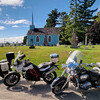
Have You Ridden Canada's OG Highway? Here's Why Every Rider Needs to Hit Up Historic Highway 2
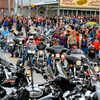
23 Amazing Photos That Prove PD13 Is Still The Best Motorcycle Event Ever

Motorcycle Swap Meets in Ontario—The Complete List for 2025

And a Vespa shall lead them all...
